


BRDC Science Fair - Grayson County Middle Schools
The fun and excitement continues as 246 students in Grayson County competed for prizes at the 3rd Annual BRDC Science Fair!

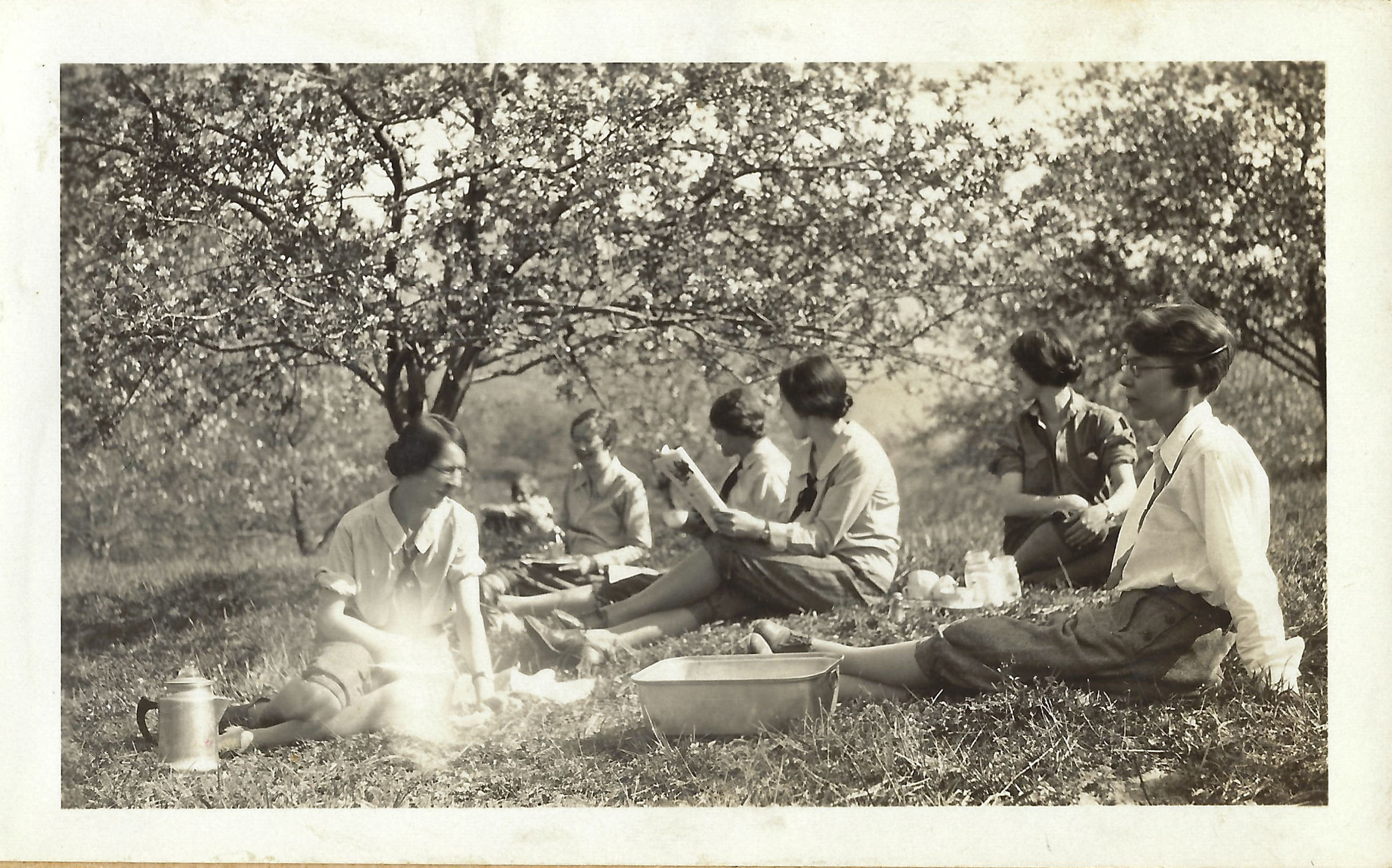
KTS Historic Photos
Recently we were gifted a treasure trove of over 500 historic photos of the old Konnarock Training School by Sheila (Blevins) Brown and the Blevins family. The three albums appear to have been compiled over the lifespan of the school, from 1924-1959, with photographs ranging from the construction of the facility to field trips up Whitetop Mountain to yearbook-style portraits.
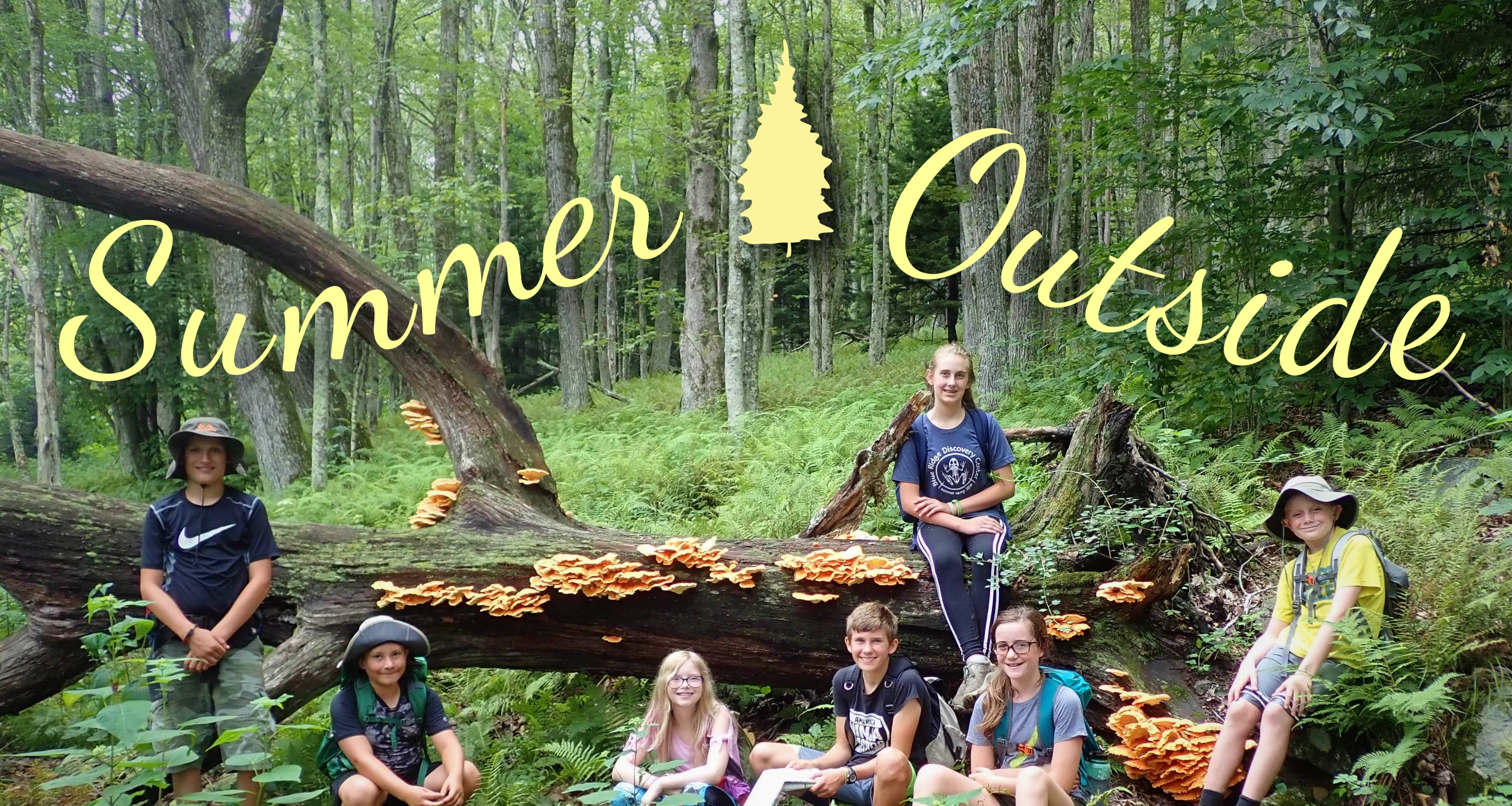
2019 Summer Outside Initiative
Looking ahead to 2019, Blue Ridge Discovery Center will be launching its Summer Outside Initiative in an effort to connect even more youth to the wonders of the Blue Ridge for an exciting and memorable summer! With technology having such a strong presence in the daily lives of youth in the 21st Century, there has never been a more important time to get outdoors and reconnect with the myriad of benefits provided by this magnificent, natural resource.


Mountain Boomer
You may wonder why this small tree squirrel has caught my attention and is now being shared in writing

Emory and Henry College's 2018 Service Plunge at BRDC
BRDC gained a crew of helping hands for a morning of ground maintenance during E&H’s 2018 Service Plunge.

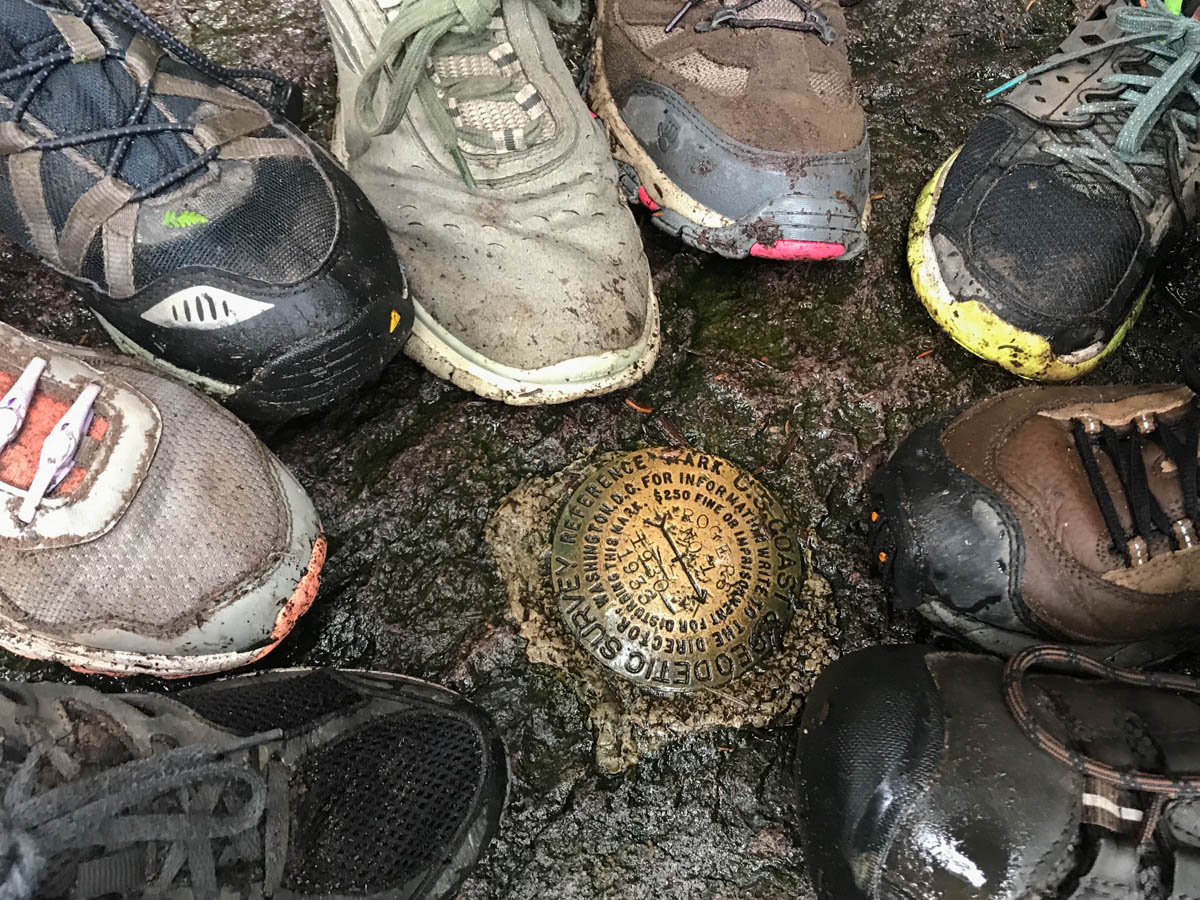
Discovering the Wilds of Mount Rogers National Recreation Area
It is Wilderness Discovery Camp. Five days based at Scales Campground with daily excursions covering approximately 30 miles of trail. They left no area unexplored, seeking new discoveries at every turn.

Fly Fishing Camp
They set out to experience all the habitats and environs of the prominent fish species of the area and that they did!
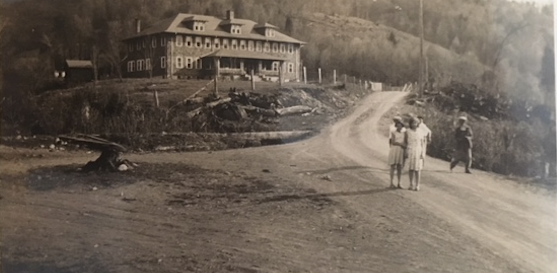
A Reunion of the Konnarock Training School Alumni
Blue Ridge Discovery Center and the Konnarock Retreat House hosted the alumni of the Historic Konnarock Training School and their families on July 7th, 2018. Since the 1960's this group has been getting together to share stories and pass down the oral history of the KTS.
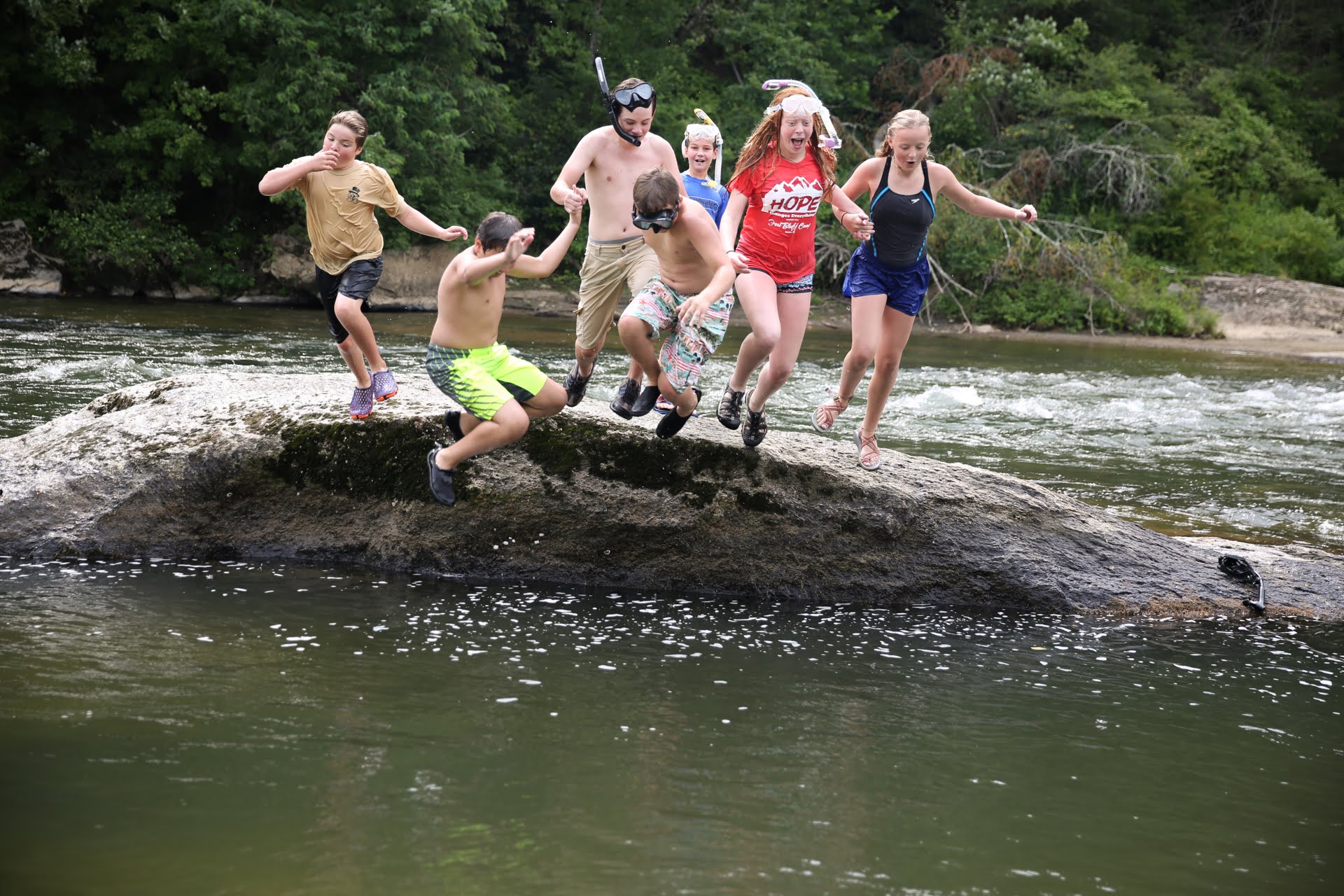
The Crew on the New!
Loading their gear for the trip, the Crew pushed off the banks of the New and traveled downstream for four days covering roughly 20+ river miles!

A Week of Discovery
Thirteen kids joined BRDC at Matthews State Forest Pavilion for Discovery Day Camp.

The Secret Life of Butterflies
With such striking coloration, this meadow fritillary (Boloria bellona) easily stands out against its floral backdrop when feeding and in flight. However, it needs to be a little more inconspicuous at times of rest.


Summer Day Camps
BRDC staff and interns have been sharing the Blue Ridge with the kids of Grayson, Smyth and Washington Counties.
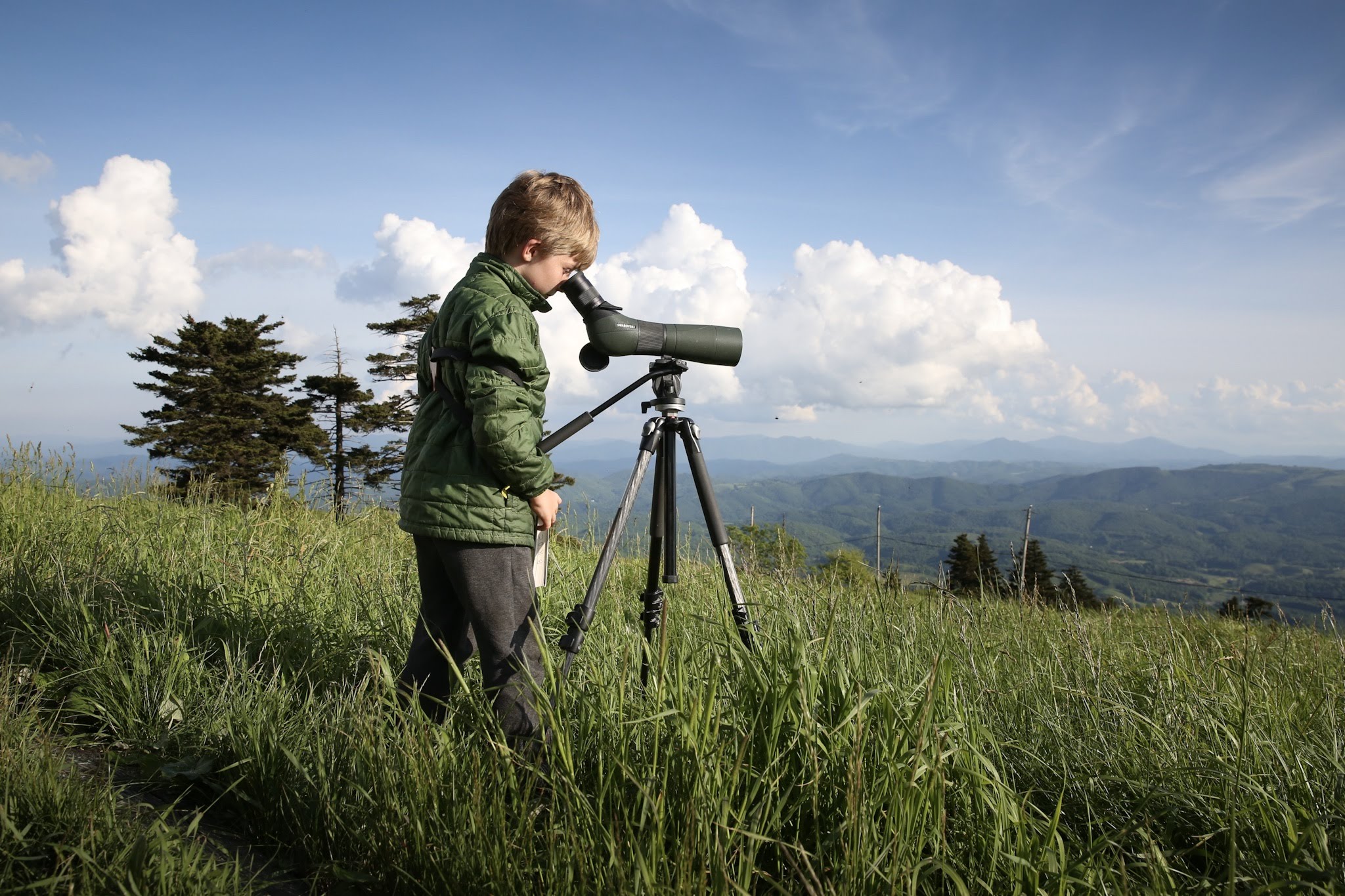
Budding Birders
Blue Ridge Discovery Center kicked off the Summer Camp season with our Ornithology Camp!
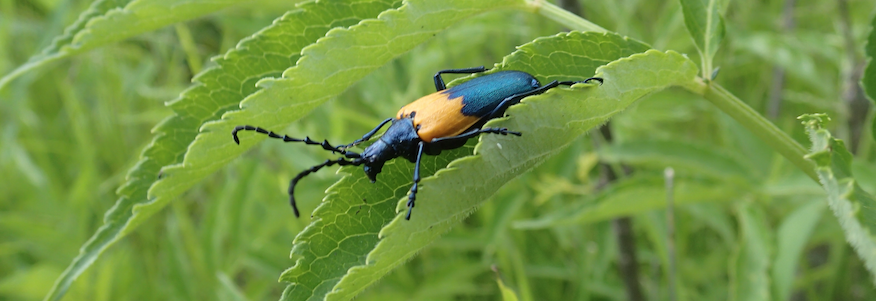
Color in the field!
As spring rains give way to warm, sunny days, the meadows of Mount Rogers come to life with the emergence of a plethora of insects. Among these creatures is a beetle with a striking iridescent blue body and a yellow-orange wash across its elytra (forewings).

Scholarships offered for 2018 Summer Camps
Through the generous support of the Great Outdoor Provisions Company and Mitchel Morton and Johnny Foster of Foster Lake and Pond Management we are able to offer four full scholarships to local youth to our summer camps!